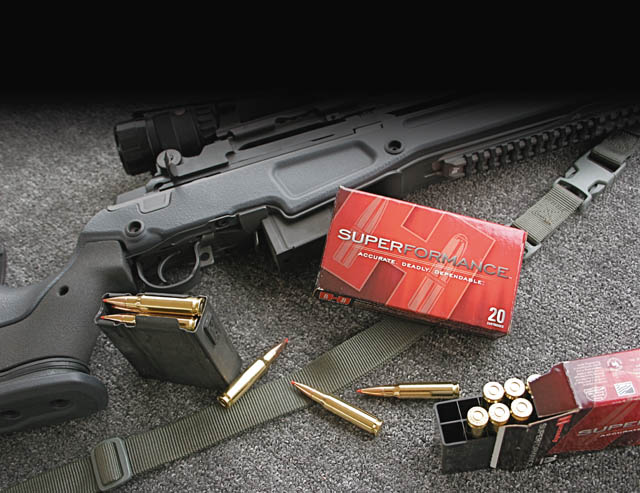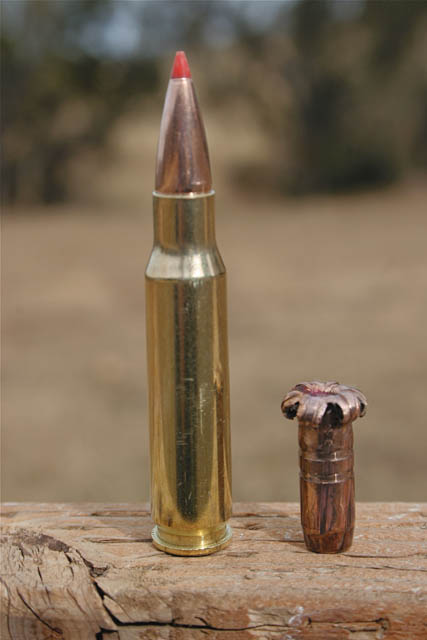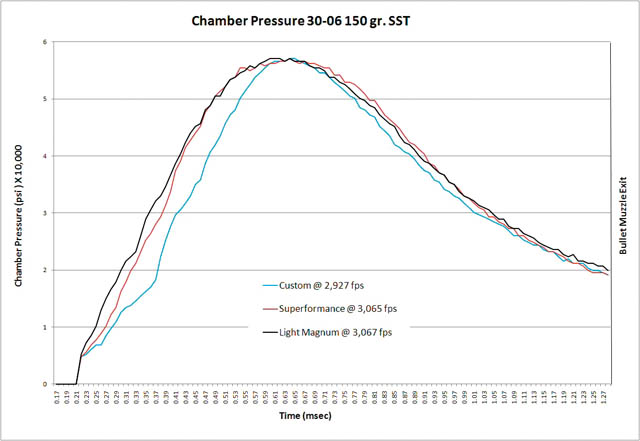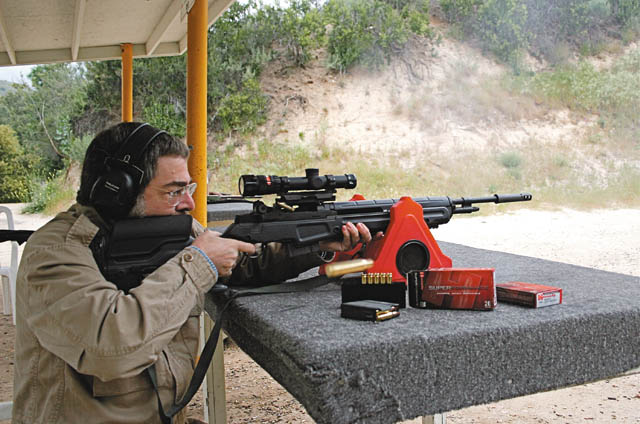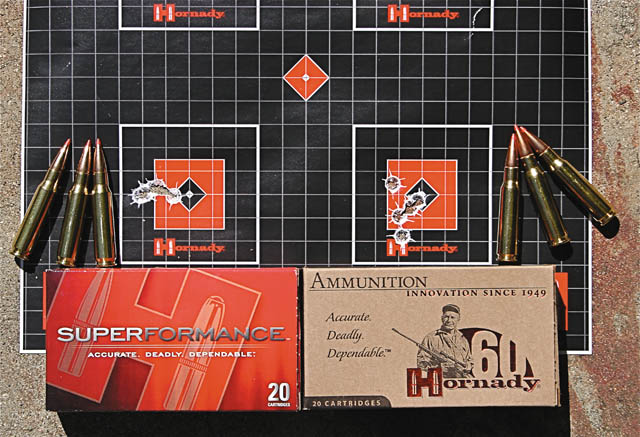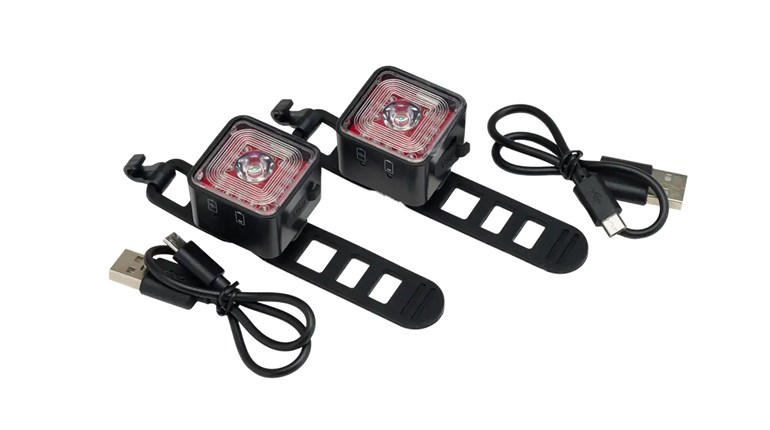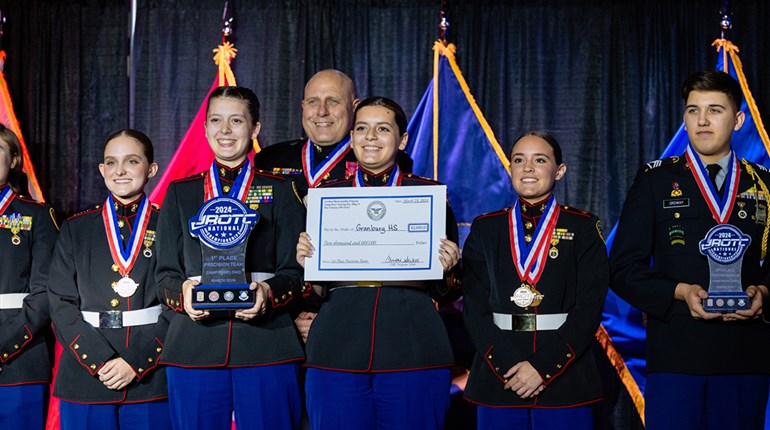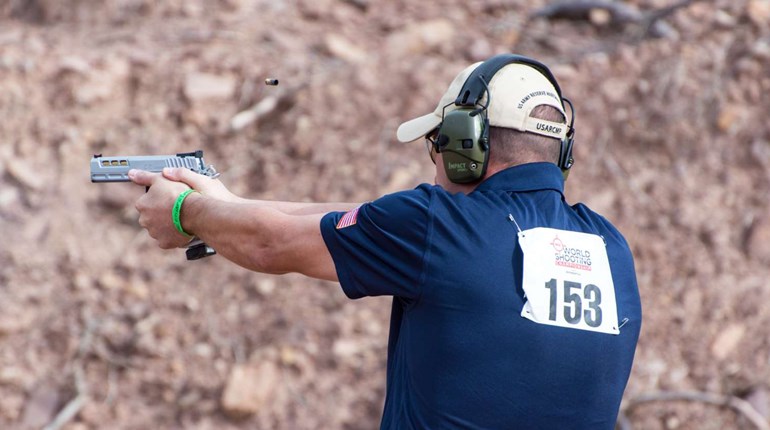
As recently as the 1990s, "tactical" was found in gun magazines about as often as the word "organic." What a difference a couple of decades make. Today, fueled by the War on Terror and a post-Sept. 11 realization that when it comes to both self and home defense, we are not only our family's first responders, we are also the ultimate guardians of our nation's freedom.
As a result, we have seen a surge in new and improved tactical rifles for military, civilian and law enforcement use, as well as a plethora of accessories: aftermarket add-ons that include everything from lights, to sights and slings. But, no less critical to the effectiveness of these rifles is the ammunition they are fed. Motivated by law enforcement and self-defense requirements, penetration and expansion seem to be the driving forces with many of the newest commercial rounds.
Ironically, one of the most innovative new cartridges to be developed since the advent of the brass case is one that has been overlooked as far as tactical applications are concerned—Hornady Superformance. Given Hornady's marketing of this unique new cartridge as a hunting round, that's hardly surprise. For the record, the company does not position Superformance as a self-defense round, but that doesn't mean it can't be so used.
With more than 20 calibers in the Superformance lineup, ranging from .243 Win. to .458 Win. Mag., one cannot help but notice the .308 Win. is in the mix, as is .300 Win. Mag., a favored chambering in the M40 version of the Remington 700 for Army and Navy snipers. Consequently, we can't preclude Superformance for use in tactical guns.
It should also be pointed out other Superformance calibers, such as the .243 Win., 6.5 Creedmoor and 7 mm-08 Rem., are loaded with similar SST and GMX bullets—selected due to their ability to withstand higher velocities, as well as their penetration and expansion. In addition, the SST and GMX bullets are designed to function in a variety of sporting rifles.
When it comes to tactical chamberings, specifically the 7.62 NATO— since so much inexpensive military surplus ammunition is available in this caliber—given Superformance's generally higher price relative to Hornady's top-of-the-line Custom factory loads, why consider Superformance as a tactical round?
There are actually four very good reasons: greater velocity, reduced recoil, extended range and increased accuracy. The first two attributes seem to be contradictions according to Newton's Third Law of Motion. Greater velocity normally translates into increased recoil. But, with the .308 Win. Superformance cartridge, felt recoil is virtually unchanged even though I chronographed this bullet leaving the barrel 126 fps faster than the Hornady Custom .308 Win. The company claims 100 to 200 fps over SAAMI standards for Superformance overall, so this is within that range.
The secret to this phenomenon can be found in the line's revolutionary new powder. It's not a question of simply cramming more powder behind the bullet, which would not keep recoil in check. Rather, Superformance powder burns slower (i.e., longer) than conventional powders, but then has a rapid drop-off in pressure before the bullet exits the barrel. The energy curve is more like a pyramid than a hill.
"This performance is achieved because the powder is completely burned prior to the bullet leaving the barrel and imparts as much energy as possible to the bullet," noted Hornady Senior Ballistician Dave Emary. "In the past, small-arms performance has been limited by the powder's ability to completely burn by the time the bullet exits the muzzle. To attempt to get higher performance, high-charge weights of a slow-burning powder were used to maximize muzzle velocity. [Before now] ...powders were not progressive enough to allow these heavy charges of slow powder to be completely burned by the time the bullet left the muzzle, especially with lighter-weight bullets. The end result was very modest increases in velocity with heavy recoil, and many times, unacceptable accuracy.
"Superformance powders solve this problem because of their ability to completely burn by bullet muzzle exit," Emary said. "All loads are designed to fill the cartridge case. Yet, because of efficient burning characteristics, virtually all the powder is burned before bullet muzzle exit. This results in a much higher percentage of the available powder energy being transferred to the projectile, rather than being blown out the end of the barrel as unburned powder, [thereby] producing higher velocities with a smaller charge weight. As a result, the muzzle exit pressure…and the muzzle gas velocity [are] dramatically lower than in previous high-performance ammunition. This reduces the 'rocket nozzle effect' from the gases leaving the barrel, resulting in lower recoil levels and higher levels of accuracy."
Reduced recoil also translates into faster recovery time, and helps make Superformance a serious contender as a tactical round. And as for accuracy, firing the Superformance .308 Win. with a 150-grain GMX SPF bullet alongside the Hornady Custom .308 Win. in 150-grain SST, from a benched Remington 700 at 100 yards, the Custom load printed a respectable 1.5-inch group. However, the Superformance load bested this by literally half, punching out a nice, tight .75-inch group. It should be noted that at the time of this test, only the 150-grain GMX bullet was available in a .308 Win. Superformance load. A 150-grain SST bullet is now offered, as are165-grain bullets in both SST and GMX factory loads.
In March, Hornady introduced a new 178-grain BTHP Match Superformance round with a muzzle velocity of 2,775 fps, increasing the effective .308 Win. range to well beyond 1,000 yards. In testing the original 150-grain GMX Supermatch, I can attest to the fact that, when zeroed in at 200 yards, the bullet drops 8 inches at 300 yards, and about 22 to 25 inches at 400 yards, depending on sunlight (or lack thereof), which influences target acquisition at these extended ranges. With my poor eyes, I have to confess that shooting at longer ranges, even with a scope, would not do justice to the this cartridge's potential.
Hornady Project Engineer Joe Thielen has reported shooting a .680-inch group at 200 yards and 8-inch groups out to 1,250 yards with the new 178-grain BTHP Match Superformance. This should get the attention of F-Class shooters. Although the heavier bullet weight would be a disqualifying factor for the 178-grain Match, the 150-grain offerings would certainly be contenders. Precision long-range shooters, as well as military and law enforcement snipers, will also be interested. While Hornady has categorically stated it has not addressed the LE market as far as Superformance is concerned, what about 3-gun competition?
Light and Heavy Magnums are generally not recommended for semi-automatic rifles, but the Superformance .308 Win. increases velocity without increasing recoil to magnum levels. In fact, recoil just enters the Custom range, but then quickly drops back without getting into the Light Magnum realm. Therefore, Superformance poses no problems with semi-automatics, assuming that the rifles are in mechanically safe working condition. In other words, while Superformance produces more recoil than Custom ammunition, it rapidly drops below Custom recoil levels on the backside of the curve, due to the powder's rapid burnout characteristics. Maximum muzzle-exit pressure for Superformance never approaches that of Light Magnums. Thus, the lower muzzle-exit pressure, combined with the rapidly dropping chamber pressure results in lower-velocity gases at the muzzle, which reduces recoil while retaining velocity.
So one wonders if the 150-grain load, with its greater knockdown energy, could give smaller-caliber ARs a run for the money, especially in a well-tuned M1A. And does the new 178-grain BTHP Match load open the door for even more variations, such as a .308 Win. Superformance with an A-Max bullet? When asked this question, the company will only say it has been discussed. No further comments or commitments—at least for now.
What about the "new" 12-gauge 00 buckshot shell listed under the Superformance banner in Hornady's current catalog? According to Emary, this is basically just "a restructuring of the product lines," with the previous buckshot load being repositioned in Superformance packaging without changes in the pre-existing product. Still, it's interesting to think how Superformance's rapid-diminishing power curve might react on buckshot, rather than bullets. Perhaps one day soon, we'll find out.
Regardless, for any fan of the .308 Win., Hornady's new take on this 50-year-old round makes it a must-experience load, if for no other reason than to see how your tactical or competition rifle will perform with it. All things being equal, it should definitely increase shooting speed, range and accuracy. It must be noted that Superformance cartridges are at their best in guns with barrel lengths of 20 inches or longer.
"In our testing, we saw very small incremental loses on velocity down to a 20-inch barrel," noted Emary. "After that, the .308 [lost] about 15 fps for each inch of barrel length [less than 20 inches]. I haven't tested it in anything as short as 16 inches..."
After all, as Emary repeatedly pointed out, Superformance was developed as a hunting cartridge. During a wild boar hunt in Tejon Ranch in Southern California, using a tricked-out M1A stoked with Hornady Superformance 150-grain GMX .308s, I made a one-shot offhand kill on a 250-pound wild boar at 327 yards.
This highlights one of the attributes Hornady in the Superformance .308 Win. Cartridge. As Hornady's Marketing Communication Manager Steve Johnson states, "Any shooter, competitive or recreational, who can see a benefit from flatter trajectories and more downrange energy with no increase in recoil will definitely appreciate Superformance ammunition."
Indeed, this may be a round whose time has come for tactical applications. Even if Hornady won't admit it.
